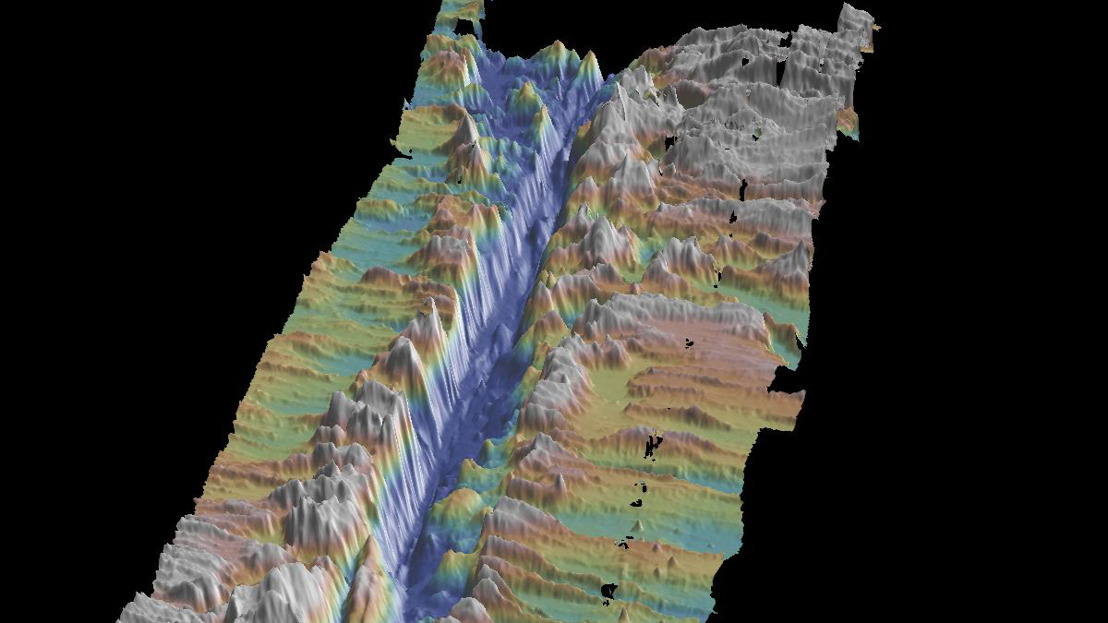ANU research shines light on how new seafloor forms
International research led by The Australian National University (ANU) and the University of Southampton has improved understanding of how ocean basins are created as new seafloor is generated along tectonic plate boundaries called mid-ocean ridges.
Lead researcher Dr Caroline Eakin from ANU said the new research provided the first global evidence of how mantle flow beneath oceanic transform faults, which connect the ridge segments, contributed to the seafloor spreading.
“We’ve provided a 3D view of how seafloor spreading takes place. Our findings confirm that upwelling beneath transform faults plays a vital role in stabilising these divergent plate boundaries,” said Dr Eakin from the ANU Research School of Earth Sciences.
“A fundamental feature of this seafloor spreading is the formation of transform faults. The characteristic ridge-transform geometry is a key component of plate tectonics and governs the creation of new seafloor.”
Dr Eakin said mid-ocean ridges were important sites, potentially holding clues for the origin of life on Earth.
“Today, unique ecosystems exist along these ridges. Around volcanic hydrothermal vents the only life on Earth that is entirely independent of sunlight can be found,” she said.
“Mid-ocean ridges are also sites that produce precious metals such as gold and copper. When the heated water is released from hydrothermal vents at these sites, it precipitates mineral deposits on the surface of the seafloor.”
Dr Eakin said most of Earth’s crust, both now and in the past, was formed along the global mid-ocean ridge system, where two oceanic plates are pulled apart.

